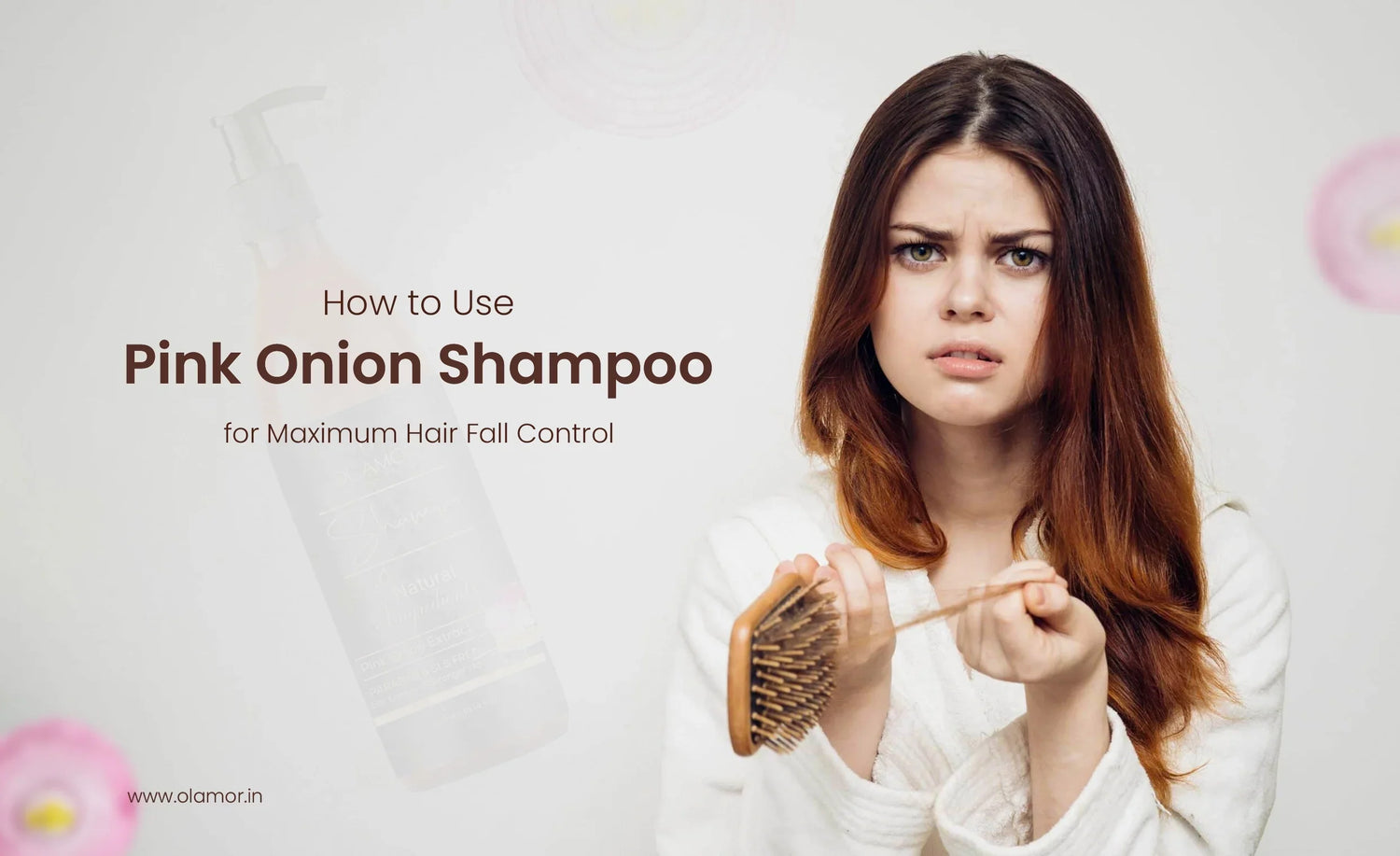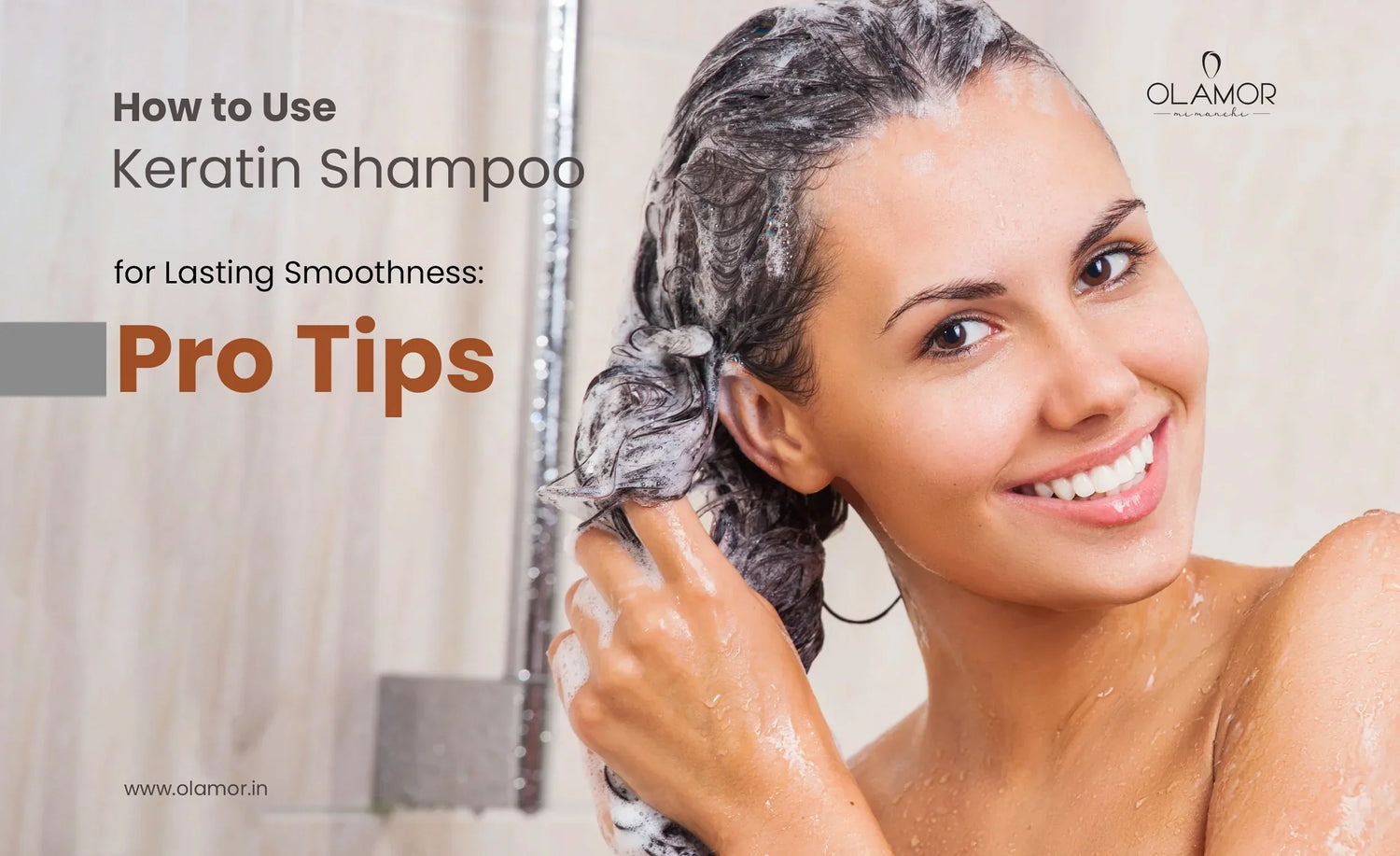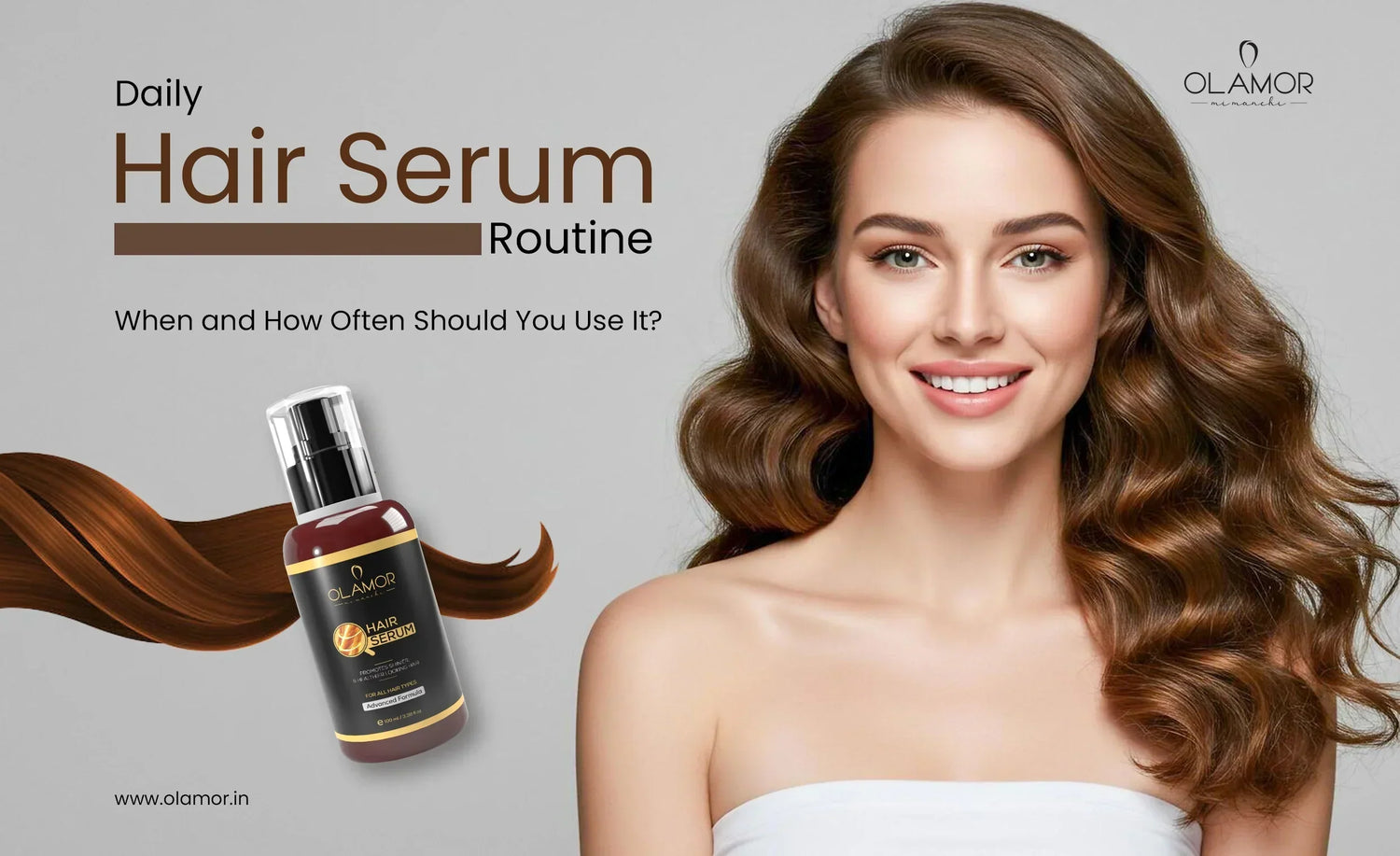Introduction of doing Yoga for Healthy skin

Yoga has been practiced for centuries, originating in ancient India as a way to enhance physical, mental, and spiritual well-being. Its numerous benefits extend beyond flexibility and stress relief to include improvements in skin health. The connection between yoga and glowing, healthy skin is a powerful one that can transform your complexion from the inside out.
History of Yoga and its Benefits
Yoga traces its roots back over 5,000 years to ancient India, where it was initially practiced as a means of achieving spiritual enlightenment and inner peace. Over time, yoga has evolved through different periods, with each era emphasizing specific aspects such as physical postures and breath control. Today, yoga has become a global phenomenon, thanks to influential figures like Swami Vivekananda and T. Krishnamacharya, who played significant roles in popularizing it worldwide. What makes yoga so widely embraced? Its benefits span across physical, mental, and spiritual realms, making it a holistic practice for overall well-being. Physically, yoga improves flexibility, strength, and balance, addressing issues like muscle tension and poor posture. Mentally, yoga promotes relaxation and stress reduction through breathing techniques and mindfulness practices, offering relief from anxiety and sleep troubles. Spiritually, yoga encourages self-discovery and connection with oneself and the universe, fostering inner peace and harmony. Whether you're seeking physical fitness, mental clarity, or spiritual growth, yoga offers a versatile and effective approach to enhancing your quality of life.
Connection between Yoga and Skin Health
- Yoga isn't just about striking poses; it can also work wonders for your skin. By incorporating yoga into your routine, you're not only nurturing your body and mind but also giving your skin a boost. Here's how yoga can help keep your skin healthy and glowing:
- Stress Relief: Stress wreaks havoc on your skin, leading to issues like acne and eczema. Yoga's relaxation techniques, such as deep breathing and meditation, help lower stress levels, promoting clearer and healthier skin.
- Improved Circulation: Yoga poses often involve stretching and twisting, which can enhance blood flow. Better circulation means more oxygen and nutrients reaching your skin cells, resulting in a brighter complexion and better skin tone.
- Detoxification: Certain yoga poses and breathing exercises aid in detoxifying your body by stimulating the lymphatic system and promoting sweating. This helps eliminate toxins that can cause skin dullness and blemishes.
- Hormonal Balance Hormonal imbalances contribute to skin issues like acne. Regular yoga practice helps regulate hormones by reducing stress and promoting the release of feel-good chemicals. Achieving hormonal balance can lead to healthier skin.
- Mind-Body Connection: Yoga fosters a strong connection between your mind and body, making you more aware of your skin's needs. This awareness encourages better self-care practices, including skincare routines tailored to your skin type.
Importance of Yoga Asanas for Skin Glow
- Yoga asanas specifically target different areas of the body, including the face, neck, and arms, stimulating blood flow and promoting a natural glow. By incorporating certain yoga poses into your routine, you can achieve radiant, healthy-looking skin.
Yoga Asanas for Radiant Skin:
Downward-Facing Dog (Adho Mukha Svanasana):What is Adho Mukha Svanasana or Downward-Facing Dog?
Adho Mukha Svanasana, commonly known as Downward-Facing Dog, is a foundational yoga pose that is frequently practiced in yoga classes and sequences. In Sanskrit, "Adho" means "downward," "Mukha" means "face," "Svana" means "dog," and "Asana" means "pose" or "posture." This iconic pose helps improve blood circulation to the face and scalp, promoting a rosy complexion and healthy hair growth.
How to do Adho Mukha Svanasana?- Start on your hands and knees in a tabletop position.
- Lift your hips up and back, straightening your arms and legs to form an inverted V-shape.
- Press your hands firmly into the ground, spread your fingers wide, and keep your feet hip-width apart.
- Lengthen your spine by reaching your tailbone towards the ceiling and relaxing your head between your arms.
- Engage your core and thighs while pressing your heels towards the ground.
- Breathe deeply and hold the pose for 5-10 breaths.
- To release, bend your knees and lower back down to tabletop position.

Cobra Pose, known as Bhujangasana in Sanskrit, is a backbend yoga pose that stretches the spine and chest while strengthening the arms and shoulders. By stretching the chest and neck, this pose stimulates the thyroid gland, which can help regulate metabolism and promote skin health.
How to do Bhujangasana?
- Start by lying flat on your stomach on your yoga mat, with your legs extended behind you and the tops of your feet pressing into the mat.
- Place your hands palms down on the mat, directly under your shoulders, with your elbows hugging close to your ribcage.
- As you inhale, engage your core muscles and press into your hands to lift your chest and head off the mat. Keep your elbows bent and close to your body.
- Roll your shoulders back and down away from your ears, opening up your chest and drawing your shoulder blades towards each other.
- Keep your gaze forward or slightly upward, without straining your neck.
- Press the tops of your feet into the mat and engage your leg muscles to help support your lower back.
- Hold the pose for a few breaths, breathing deeply and evenly.
- To release the pose, exhale as you gently lower your chest and head back down to the mat.

Warrior II Pose, known as Virabhadrasana II in Sanskrit, is a powerful standing yoga pose that strengthens the legs, opens the hips, and improves balance and concentration. This powerful pose strengthens the legs and opens the chest, improving posture and increasing oxygen flow to the skin.
How to do Virabhadrasana?
- Start in a standing position at the front of your mat with your feet hip-width apart.
- Step your left foot back about 3 to 4 feet, keeping your feet parallel to each other or slightly turned inward
- Rotate your left foot out to a 90-degree angle, so your left toes are pointing toward the left side of the mat.
- Keep your right foot facing forward and ensure that your right heel aligns with the arch of your left foot.
- As you inhale, raise your arms parallel to the floor, reaching them out to the sides, palms facing down.
- Exhale as you bend your right knee, stacking it directly over your right ankle. Your right thigh should be parallel to the floor, and your shin perpendicular.
- Keep your torso facing forward, with your shoulders relaxed away from your ears.
- Gaze over your right fingertips, keeping your neck in line with your spine.
- Engage your core muscles to support your lower back, and press firmly through the outer edge of your left foot.
- Hold the pose for several breaths, breathing deeply and evenly.
- To release, straighten your right leg and return to a standing position. Repeat on the other side

Yoga Asanas for Clear Skin
What is Shoulder Stand or Sarvangasana?
Sarvangasana, also known as Shoulder Stand, is an inverted yoga pose that involves balancing the entire body on the shoulders. In Sanskrit, "Sarva" means "all" or "entire," and "Anga" means "limb." It is often referred to as the "Queen" or "Mother" of all yoga poses due to its numerous benefits and rejuvenating effects on the body and mind. This inversion pose improves blood circulation to the face, reducing the appearance of puffiness and dark circles.
How to do Sarvangasana?
- Begin by lying flat on your back on your yoga mat with your arms alongside your body, palms facing down.
- Engage your abdominal muscles and press your palms into the mat as you lift your legs off the floor, bringing them perpendicular to the ground.
- Engage your abdominal muscles and press your palms into the mat as you lift your legs off the floor, bringing them perpendicular to the ground.
- Continue to lift your legs and torso upward until your entire body is in a straight line, with your shoulders supporting the weight of your body.
- Your chin should be tucked slightly toward your chest, and your gaze should be directed toward your toes.
- Keep your elbows close together and your hands supporting your lower back, allowing your weight to be evenly distributed across your shoulders.
- Hold the pose for several breaths, breathing deeply and evenly.
- To release, slowly lower your legs back down to the mat, one vertebra at a time, and return to lying flat on your back.

What is Fish Pose or Matsyasana?
Matsyasana, also known as Fish Pose, is a backbend yoga pose that stretches the chest, neck, and spine. In Sanskrit, "Matsya" means "fish," and "Asana" means "pose" or "posture." This pose is often practiced as a counterpose to forward bends or after Shoulder Stand (Sarvangasana) to stretch the neck and chest.this pose can stimulate the thyroid gland and improve overall skin tone. Maintaining Glow with Consistent Yoga Practice.
How to do Matsyasana?
- Begin by lying flat on your back on your yoga mat with your legs extended and your arms resting alongside your body, palms facing down.
- Engage your core muscles and press your elbows and forearms into the mat as you lift your chest toward the ceiling.
- Slide your hands underneath your buttocks, palms facing down, to support your lower back.
- As you inhale, press down through your elbows and forearms to lift your chest and upper back further off the mat.
- Tilt your head backward and allow the crown of your head to rest lightly on the mat. If this is uncomfortable, you can keep your head lifted slightly.
- Keep your legs active and engaged, pressing firmly through your heels.
- Lift your chest and arch your upper back, opening up your heart center.
- Hold the pose for several breaths, breathing deeply and evenly.
- To release the pose, lift your head and gently lower your chest and upper back back down to the mat.

Importance of Regular Practice:
Consistency is key when it comes to seeing results from yoga. Aim to practice at least a few times a week to experience the full benefits for your skin. Deep breathing exercises can help oxygenate the blood, enhancing the skin's natural radiance and promoting a healthy glow. In addition to yoga, maintaining a balanced diet rich in fruits, vegetables, and water can support healthy skin from the inside out.
5 dietary recommendations for clear skin:
- Hydration: Drink plenty of water throughout the day to keep your skin hydrated and flush out toxins. Proper hydration helps maintain skin elasticity and prevents dryness, which can contribute to clogged pores and acne.
- Whole Foods: Incorporate a variety of whole foods into your diet, including fruits, vegetables, whole grains, and lean proteins. These foods provide essential nutrients like vitamins, minerals, and antioxidants that support skin health and repair.
- Omega-3 Fatty Acids: Include sources of omega-3 fatty acids in your diet, such as fatty fish (salmon, mackerel), flaxseeds, chia seeds, and walnuts. Omega-3s help reduce inflammation in the body, which can decrease the severity of acne and other skin conditions.
- Antioxidant-Rich Foods: Consume foods high in antioxidants, such as berries, leafy greens, and nuts. Antioxidants help protect the skin from damage caused by free radicals, which can lead to premature aging and blemishes.
- Probiotics: Incorporate probiotic-rich foods like yogurt, kefir, and fermented vegetables into your diet. Probiotics promote a healthy balance of gut bacteria, which can help reduce inflammation and improve overall skin health.

Conclusion and FAQs:
Summary of Benefits of Yoga for Skin:
Unlock the secret to radiant skin with yoga! Beyond its physical benefits, yoga offers a wealth of advantages for your skin. By reducing stress, yoga helps prevent breakouts and skin issues triggered by tension. Additionally, yoga poses improve circulation, delivering essential nutrients to your skin cells for a healthy, glowing complexion. These movements also aid in detoxification, flushing out toxins and promoting clearer skin. With regular practice, yoga regulates hormones, reducing the occurrence of hormonal acne and promoting overall skin clarity. Furthermore, yoga fosters a deep mind-body connection, encouraging personalized skincare routines tailored to your skin's needs. Embrace yoga as your skincare ally and achieve the clear, radiant skin you've always desired.
Commonly Asked Questions about Yoga Asanas for Skin Health:
Many practitioners wonder which specific poses are best for improving skin health, and the answer lies in a combination of poses that target circulation, digestion, and stress reduction.
Tips for Beginners to Start Practicing Yoga for Radiant Skin:
If you're new to yoga, start slow and gradually build up your practice. Focus on poses that feel good for your body and consult with a teacher for guidance on alignment and modifications. By incorporating these yoga asanas into your daily routine and maintaining consistent practice, you can achieve glowing, healthy skin from the inside out. Yoga is not only a physical practice but a transformative journey towards overall well-being, including radiant skin that reflects your inner vitality.








